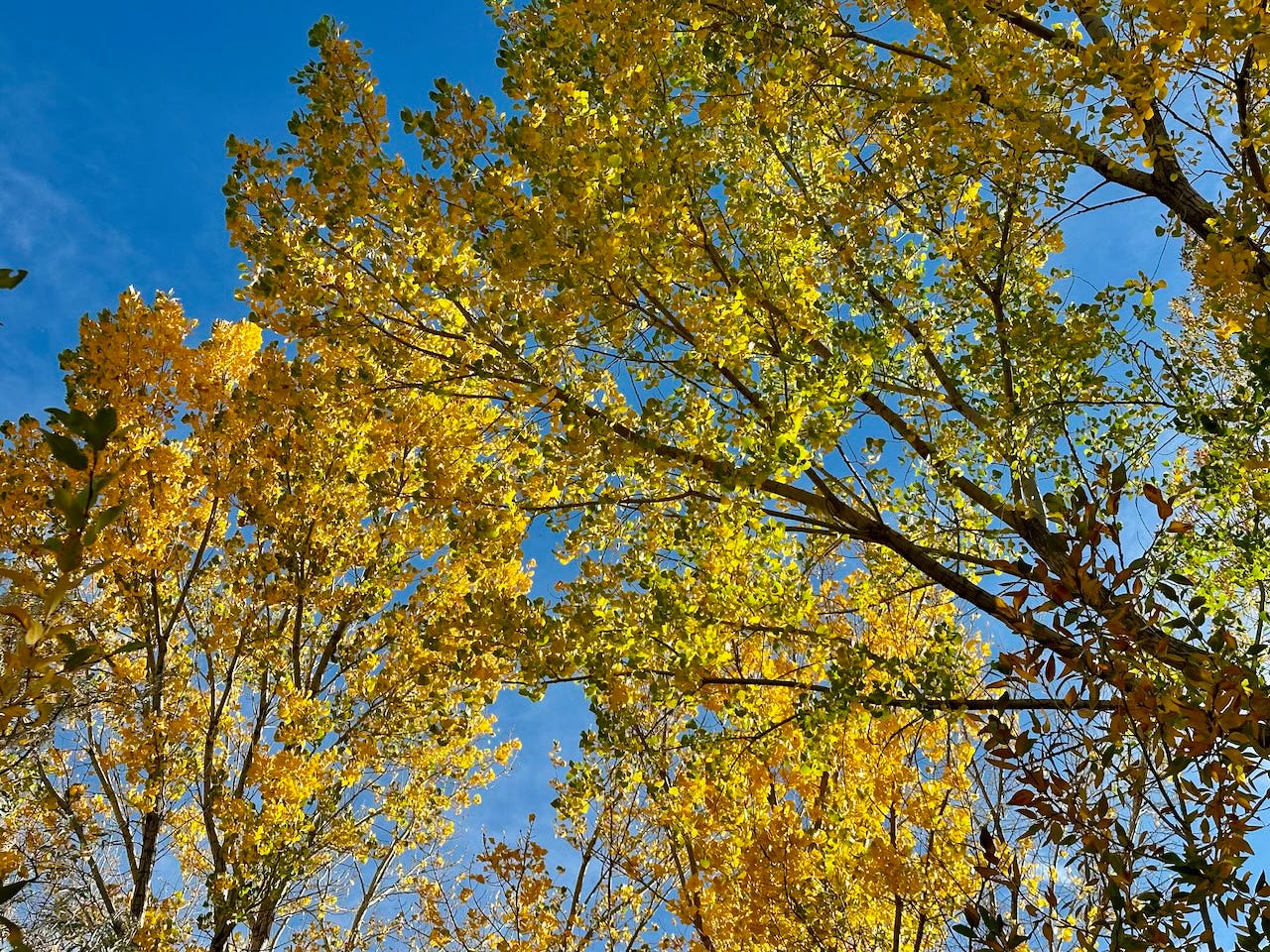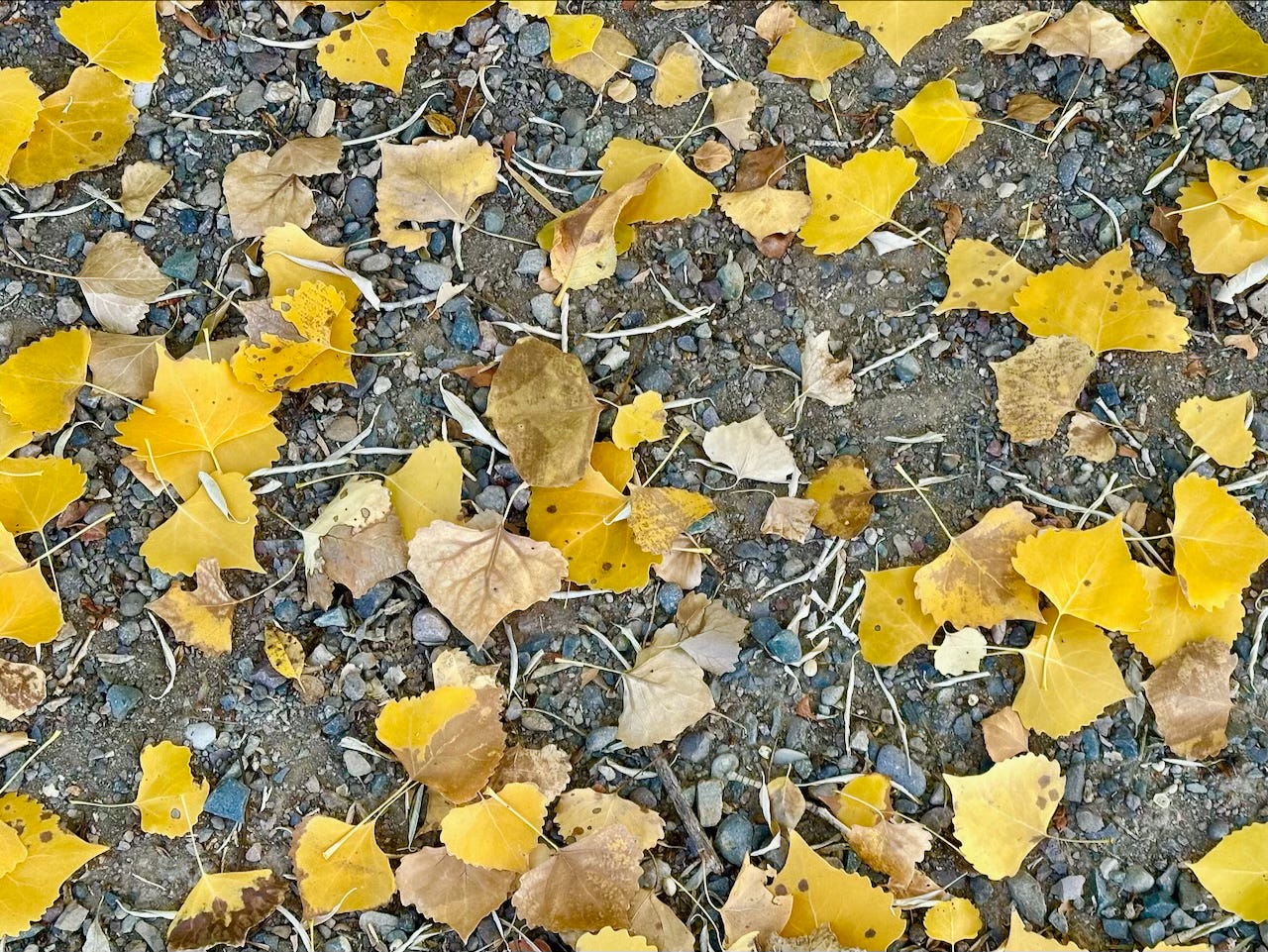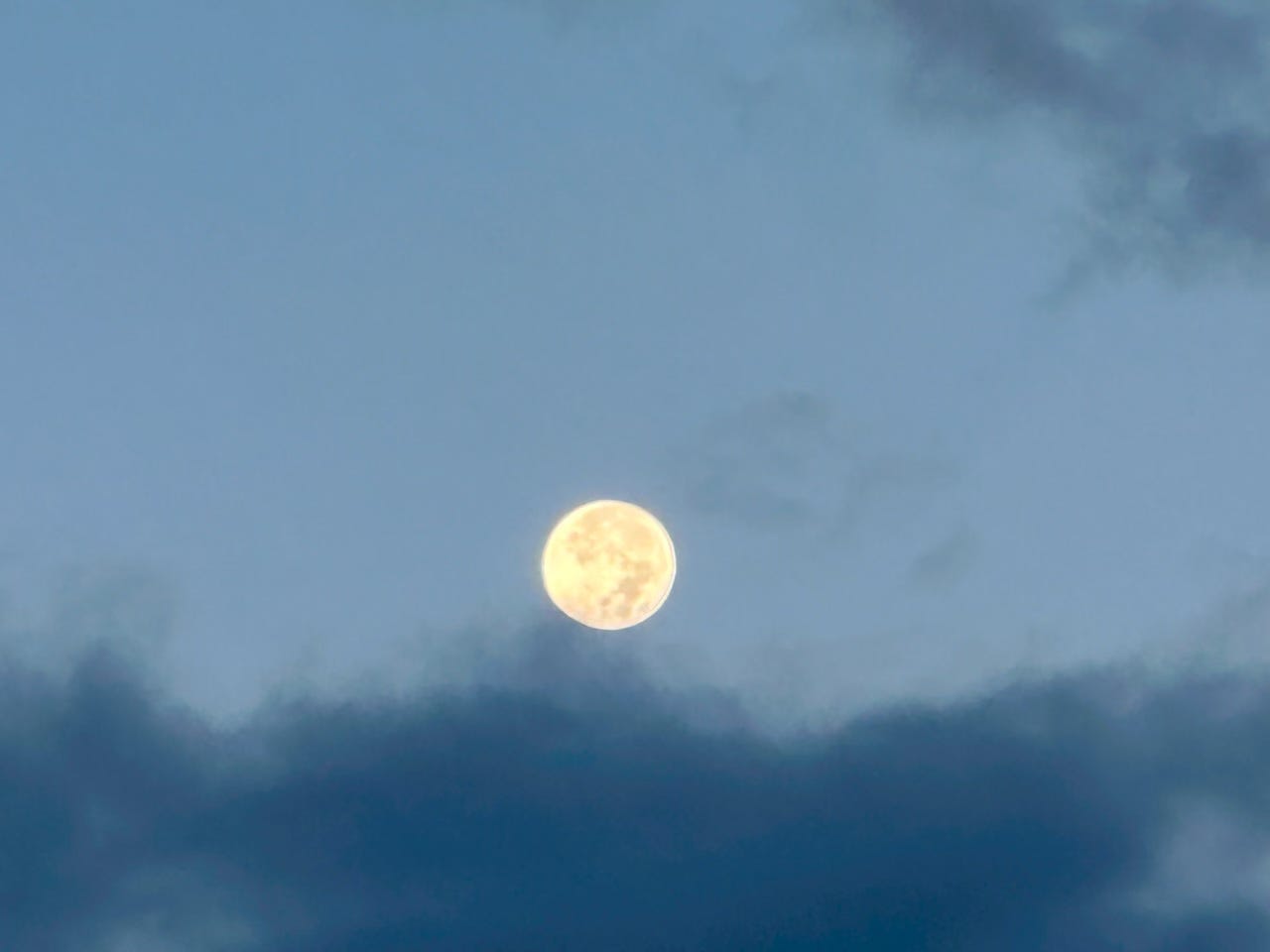I instinctively listen to my symptoms instead of suppressing them, adapt to the conditions of my health rather than fight.
—Susan J. Tweit, Walking Nature Home, A Life’s Journey
Hello, Friends. After spending the past three days on a quick road trip to Montrose, the small city in western Colorado where I am moving in less than a week, I want to reflect a little on how important adapting to my health has been in living as long as I have with Lupus, a potentially-fatal autoimmune condition.
This lesson in adaptation is not specific to Lupus, any chronic health condition, or any particular crisis: it’s about understanding how we approach any challenge that life brings.
Some people respond to crises with metaphorical fists raised, on high alert, ready to fight. Some turn away, curl up and ignore the challenges for as long as possible. Some take refuge in learning everything they can, which can spur action or can result in “analysis paralysis.” I choose to listen and observe, look for patterns in that data and then adapt based on what I’ve learned.

Challenge as Teacher
I wrote the words at the beginning of this newsletter in my first memoir, Walking Nature Home, A Life’s Journey, about all I have learned from Lupus, the autoimmune condition I call with no irony, “my greatest teacher.” I mean that sincerely: living with a life-threatening autoimmune condition which cannot be cured—there is no causative disease organism to fight—and which brings an ever-shifting constellation of symptoms has shaped me into the person I am.
I have come to know myself intimately, both the parts of who am that I appreciate and those that I don’t and would prefer not to own. The only way I know to manage my health, and in fact my life, is to embrace the whole of me—the praiseworthy parts and the cringe-worthy parts. To notice and note the issues, and to look for patterns in those observations that help me adapt.
Unmanaged, Lupus and other autoimmune conditions can cause a great deal of pain and internal deterioration. Most often, those symptoms are suppressed with pharmaceuticals—synthetic drugs—that have their own tradeoffs and can cause secondary issues that require more drugs.
I don’t do well with drugs, synthetic or otherwise. My internal ecosystem does not handle those kinds of interventions well and tends to reject them in subtle or very obvious ways. (Give me an antibiotic, for instance, and I’ll probably puke until it has left my system and I am left weak and dehydrated.)
So the synthetic drugs and the natural compounds we euphemistically call “supplements” but are in reality just the natural form of the synthetic drugs, are not an option for me.
Symptoms as Messengers
I think of the symptoms, painful and scary as mine sometimes are, as messengers about how well or not well I am managing the stresses that harm my health. There’s no point in suppressing the messenger without at least hearing and learning from the message, it seems to me.
Which is why, as I wrote in Walking Nature Home, I instinctively listen and adapt.

Hence my move to Montrose, which I chose after listening inwardly to discern a place at a lower elevation that would feel like home. (For a couple of listening exercises useful for facing any life-challenge, see last week’s newsletter.) This move is my adaptation in response to that listening and observing.
Plant Adaptation as Inspiration
In a sense my approach is modeled on the organisms I studied in my fieldwork: plants. Although their lives are fundamentally unlike our own, lacking what we call eyes, lips, brains and hearts, these rooted beings form the very fabric of life on Earth. Billions of years older than humans and our simian ancestors, plants make our lives possible. … They are our shelter, our nurture, our sustenance. —Susan J. Tweit, Walking Nature Home, A Life’s Journey
Plants have become the basis of life on earth, the breathing buddies on whom we depend for the oxygen that gives us life, by adapting to changes large and small, from climate change to the smaller but no less consequential changes as neighbors and communities die out and are altered beyond recognition.
The ability of these green beings to be resilient and adapt is an inspiration to me as I adapt to the inevitable changes in my life—loss of people I love, changing health, an aging body and mind—as well as the changes in our world.

As humans, we fight change, even though our cells are changing every day. Perhaps we can learn from plants and adapt as a way to continue to thrive on this animate and uniquely diverse planet.
Blessings, Susan





I also live with an autoimmune disease, and although it is not life threatening (rheumatoid arthritis), it has affected my life. This is the reason we chose to move from New York to New Mexico. We also drove here and there around the country to find the right spot, so I can completely relate to how you chose your new home, Susan. When I woke up in the morning in Taos and asked if the town had been scented with incense, I was told that was the natural smell of the sage. No urine smells? No garbage stink? I have never looked back! Be content and healthy in your new home!!
How I love these posts of yours, Susan. Thoughtful, authentic, inspiring.